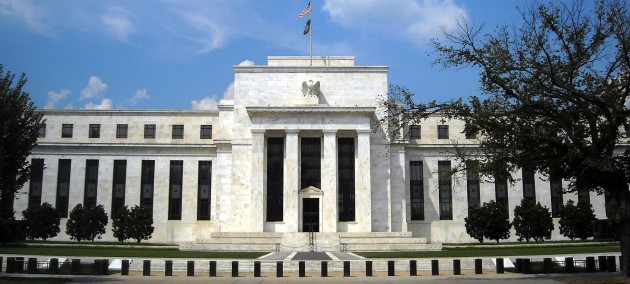Americans Continue to Deleverage as Measured by Average Household Debt as a Percentage of After-Tax Income
Paul Wiseman wrote in a recent Associated Press article: “Soaring housing prices in the mid-2000s made millions of Americans feel wealthier than they were. They borrowed against the inflated equity in their homes or traded up to bigger, more expensive houses. Their debts as a percentage of their annual after-tax income rose to a record 135 percent in 2007.”
Wiseman goes on to discuss Federal Reserve data that shows that Americans are deleveraging and by paying off debt, but that the average household debt still equals 119% of annual after-tax income, where in the 1981-1982 recession, that figure stood at 55%, after the 1990-1991 recession, it stood at 85%, and after the 2001 recession, it stood at 114%.
The only problem with that analysis is that it doesn’t account for the fact that people take on payments not debt. People don’t think, “I am going to borrow $10,000 to redecorate my house.” Instead, they think, “I am going to buy this sofa, loveseat, television, kitchen table, and chair for $350 per month for the next 36 months.” As a result, when interest rates are low, more of their payment goes to principal reduction so the nominal debt they take on is higher than when interest rates are high. People shop for payments, not principal. Never forget that. Knowing this truth about human behavior helps you understand another reason the housing bubble happened.
In 1981 and 1982, household debt as a percentage of annual after-tax income was only 55% but the prime rate for a bank’s very best customers was as high as 20% because the inflation rate was out of control. Wages were rising nominally in dollars but debts were remaining fixed so they kept shrinking as a percentage of household income. Inflation benefits debtors. Today, the prime rate is 3.25%.
I think average household debt as a percentage of after-tax income is useful but only if viewed through the lens of adjusting for those important factors and when compared to the the Federal Reserve household debt service ratio (DSR) and financial obligation ratio (FOR).
Household Debt Service Ratio (DSR) and the Financial Obligation Ratio (FOR)
According to the Federal Reserve, “The household debt service ratio (DSR) is an estimate of the ratio of debt payments to disposable personal income. Debt payments consist of the estimated required payments on outstanding mortgage and consumer debt. The financial obligations ratio (FOR) adds automobile lease payments, rental payments on tenant-occupied property, homeowners’ insurance, and property tax payments to the debt service ratio.”
[mainbodyad]Today, the more stringent financial obligation ratio stands at 14.84 for the average American households, with 9.98 of this made up of housing and 4.87 made up of consumer debt servicing.
In 1980, the financial obligation ratio stood at 13.90, of which 8.18 was for housing and 5.72 for consumer debt servicing.
That tells us that the difference between a 3.25% prime rate today and a 20% prime rate in 1980 accounts for much of the difference between household debt as a percentage of annual after-tax income.
To put it more simply: The financial obligation ratio of most households (the percentage of disposable income spent on servicing financial debt obligations) is barely higher than it was in 1980 even though average household debt as a percentage of after-tax income has skyrocketed from 55% to 119%. That is because in 1980, the prime rate was 20% and today it is 3.25%. If more of your payment goes to principal, you can take on more debt without disaster than you could if interest rates are higher. This is the reason financial advisers tell you to avoid credit card debt with 20% or 30% interest rates like the plague but sometimes encourage taking on fixed-rate student loan debt at 6%.
If you still don’t follow: People are giving up the same percentage of their paycheck to service their debt as they were 31 years ago in 1980. The reason debt is much higher is because interest rates are much lower. People. Shop. For. Payment. Not. Principal. Never forget it, whether you are running a central bank or your own business.
Look Behind the Numbers and Understand What They Mean
This is an example of what I mean when I tell you to look behind the figures and understand what they represent. That is true whether you are reading an annual report of a company in which you are considering purchasing shares or reviewing a nation’s economic policies.
Knowing the numbers is not enough. You have to ask:
- What is the driving force behind the numbers?
- What do the numbers mean?
- What are the implications of the numbers?
The numbers are just figures on a sheet trying to explain human behavior. Study the behavior, what is driving it, and the implications for the behavior, and you have a much better chance at truly understanding the situation and, more importantly, how to profit from it.
[mainbodyad]



